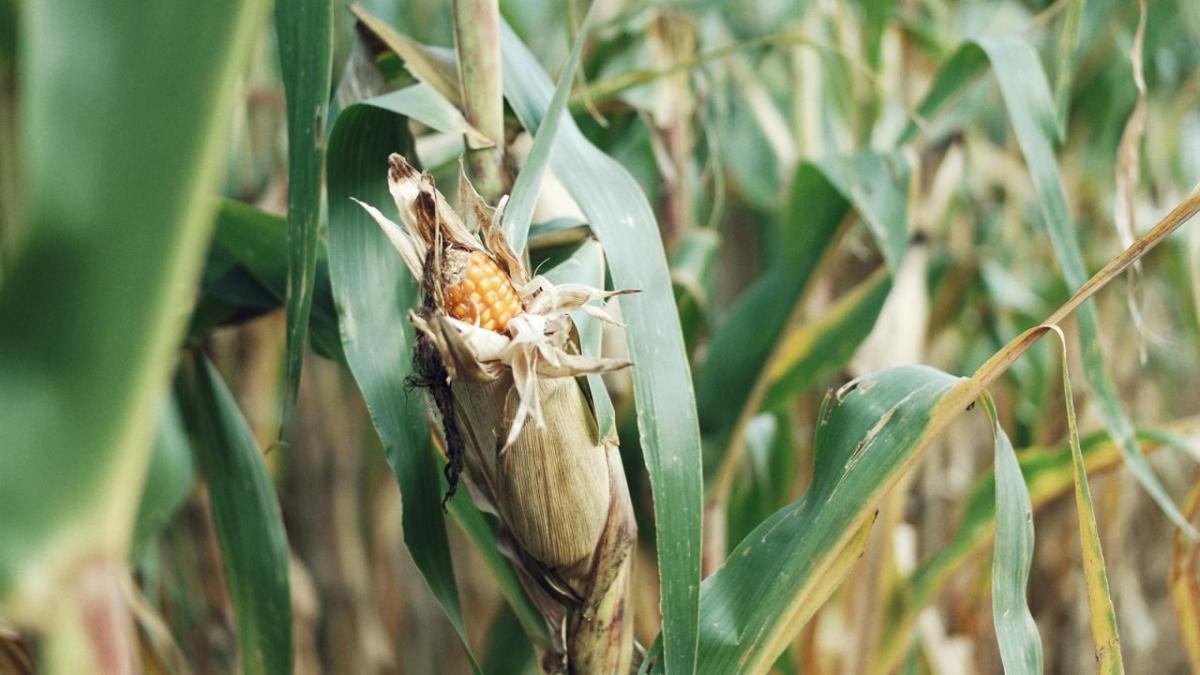A new crop insurance option for 2021 is the Enhanced Coverage Option (ECO). This article discusses ECO and factors important in deciding whether to participate in ECO or not in 2021. ECO exists in a part of the revenue distribution we do not often get to insure, since the deductible is only 5%.
ECO is similar in nature to the Supplemental Coverage Option (SCO) by insuring county level yields and the same prices used in individual polices (i.e., Revenue Protection (RP), Yield Protection (YP) and RP- Harvest Price Exclusion (HPE)). ECO can be purchased as YP, RP and RP-HPE, and will follow the type of individual coverage you have. Participants can select from two different coverage levels, 90% and 95%. Premiums are subsidized at 44% for RP and 51% for YP. ECO insures a window ranging form 86% to 90% or 95%. Additional details on ECO can be found on this fact sheet from the USDA Risk Management Agency. Another fact sheet on SCO is available from the agency here.
So, how does one conceptualize the role of ECO in the farm operation?
At the beginning of the crop year. we can easily identify expected revenue by multiplying Actual Production History (APH) by the projected price (Figure 1). We will use corn in our example, where the projected price is $4.58 per bushel. We also know that, between now and harvest, yields and prices will adjust. The revenue distribution curve represents this unknown adjustment. There exists a good chance fall revenue will end up around expected yield and projected prices and, thus, a large hump in the revenue distribution in the area of expected revenue. There also exists a chance of low yields and/or low prices and thus a tail in the distribution going towards the low revenue area. While the chances of low revenue are small, they do carry large financial costs.
Let’s take a look at the role of individual coverage, SCO and ECO through the lens of this revenue distribution. In this example, the individual crop insurance policy is a 75% coverage level, leaving 25% as the deductible. From Figure 1, we can identify that individual crop insurance covers rare, financially devastating events since individual coverage protects the tail of the revenue distribution. Selecting to participate in SCO, you then insure the gap from the individual coverage of 75% up to 86% or 11%. However, SCO relies on the county yield rather than the individual yield. Do not let this yield difference drive the participation decision completely as SCO can also insure the same projected price used in your individual coverage. SCO works well in protecting price. From Figure 1, we see that SCO lies to the right of the individual coverage and up to 86%. Here we can see that the probability of a claim is higher (larger area of the revenue distribution) than compared to individual coverage as we are getting closer to expected revenue.

The new product for this year is ECO and, from Figure 1, we can see that it insures from 86% to 95% (one could also insure up to 90% as pointed out earlier) — a 9% window. Here, we can see that the probability of claims is even higher as we are now really close to expected revenue. Because the probability of claims is so high, so will be ECO premiums (outlined in purple). ECO premiums can easily be more expensive the individual coverage as the probability of observing a claim under ECO is higher than under individual coverage. Just like in SCO, ECO relies on county yields and the same prices used in individual coverage. As a result, let’s investigate the price protection opportunities offered in SCO and ECO.
The corn projected price came in at $4.58 per bushel. A 5% ECO deductible provides price protection at $4.35, given that county yields come in right at expectations. If county yields are higher than expected, than price will have to drop further down to trigger a payment. If county yields are lower than expected, than the price triggering payments will be higher.
A similar story exists for SCO. SCO price protection starts at $3.94, also given that county yields come in right at expectations. Note that for a 75% coverage level, price protection starts at $3.44 assuming farm yields are equal to APH.
What does ECO represent for the 2021 crop year a year where projected prices are well above profitable levels? A couple of thoughts. Participate in ECO and/or SCO if it fits your goals and objectives. If your goal is to protect production costs (see Figure 1 for a range), then you would not participate in ECO as it insures at levels above your goal. One could imagine participating in ECO to protect prices, just like in marketing. In this sense ECO may be a cost-effective tool. At the time of writing, buying a December futures put option, with a $4.40 strike price, was trading around $0.25 per bushel. At an expected yield of 210 (irrigated) then your per acre cost is $52.50, higher than ECO producer premiums that I have seen. However, ECO only protects a window while the put option provides price protection on everything below the strike price. On the other hand, if you are thinking ECO represents the mechanism to provide a government payment for price declining, then purchase ECO.


